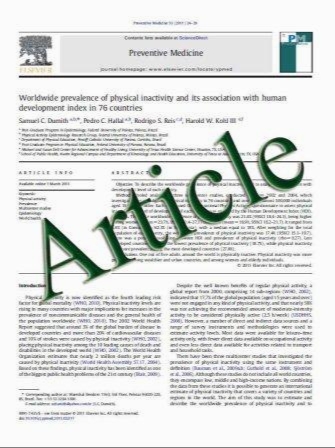Interloop fluid in intussusception: what is its significance?
- نوع فایل : کتاب
- زبان : انگلیسی
- مؤلف : Robyn D. Gartner & Terry L. Levin & Steven H. Borenstein & Bokyung Kim Han & Einat Blumfield & Robyn Murphy & Katherine Freeman
- چاپ و سال / کشور: 2010
Description
Background Sonography has been used to predict pneumatic reduction outcome in children with intussusception. Objective To assess the prognostic significance of fluid between the intussusceptum and intussuscepiens with respect to reduction outcome, lead point or necrosis. Materials and methods Sonograms of children with a discharge diagnosis of intussusception from four institutions were reviewed for interloop fluid and correlated with results of pneumatic reduction and surgical/pathological findings when available. Maximal dimension of interloop fluid on a transverse image and fluid complexity were evaluated. Results Of 166 cases, 36 (21.7%) had interloop fluid. Pneumatic reduction was successful in 21 (58.3%) with fluid and 113 (87.6%) without. The average largest fluid dimension was 8.7 mm (range 5 mm–19 mm, median 8 mm) in cases with successful reduction and 12.8 mm (range 4 mm–26 mm, median 12.5 mm) in unsuccessful reduction (p<0.05). Fluid dimension equal to or greater than 9 mm correlated with failed reduction (p<0.0001;odds ratio13:1). In 36 cases with interloop fluid that required surgery, there were four lead points and three necrosis. In cases without fluid with surgical reduction, there was one lead point and one necrosis. Interloop fluid correlated with lead point (p<0.04) or necrosis (p<0.03). Its significance increased with larger amounts of fluid (p<0.0001). Patient age/fluid complexity did not correlate with reduction outcome (p=0.9). Conclusion Interloop fluid was associated with increased failure of pneumatic reduction and increased likelihood of lead point or necrosis, particularly when the maximum dimension exceeded 9mm.
Pediatr Radiol (2011) 41:727–731 DOI 10.1007/s00247-010-1931-0 Received: 10 August 2010 / Revised: 25 October 2010 / Accepted: 12 November 2010 / Published online: 18 January 2011


